Ayush Utkarsh
Moderating Illicit Online Image Promotion for Unsafe User-Generated Content Games Using Large Vision-Language Models
Mar 27, 2024Abstract:Online user-generated content games (UGCGs) are increasingly popular among children and adolescents for social interaction and more creative online entertainment. However, they pose a heightened risk of exposure to explicit content, raising growing concerns for the online safety of children and adolescents. Despite these concerns, few studies have addressed the issue of illicit image-based promotions of unsafe UGCGs on social media, which can inadvertently attract young users. This challenge arises from the difficulty of obtaining comprehensive training data for UGCG images and the unique nature of these images, which differ from traditional unsafe content. In this work, we take the first step towards studying the threat of illicit promotions of unsafe UGCGs. We collect a real-world dataset comprising 2,924 images that display diverse sexually explicit and violent content used to promote UGCGs by their game creators. Our in-depth studies reveal a new understanding of this problem and the urgent need for automatically flagging illicit UGCG promotions. We additionally create a cutting-edge system, UGCG-Guard, designed to aid social media platforms in effectively identifying images used for illicit UGCG promotions. This system leverages recently introduced large vision-language models (VLMs) and employs a novel conditional prompting strategy for zero-shot domain adaptation, along with chain-of-thought (CoT) reasoning for contextual identification. UGCG-Guard achieves outstanding results, with an accuracy rate of 94% in detecting these images used for the illicit promotion of such games in real-world scenarios.
Sensor-invariant Fingerprint ROI Segmentation Using Recurrent Adversarial Learning
Jul 03, 2021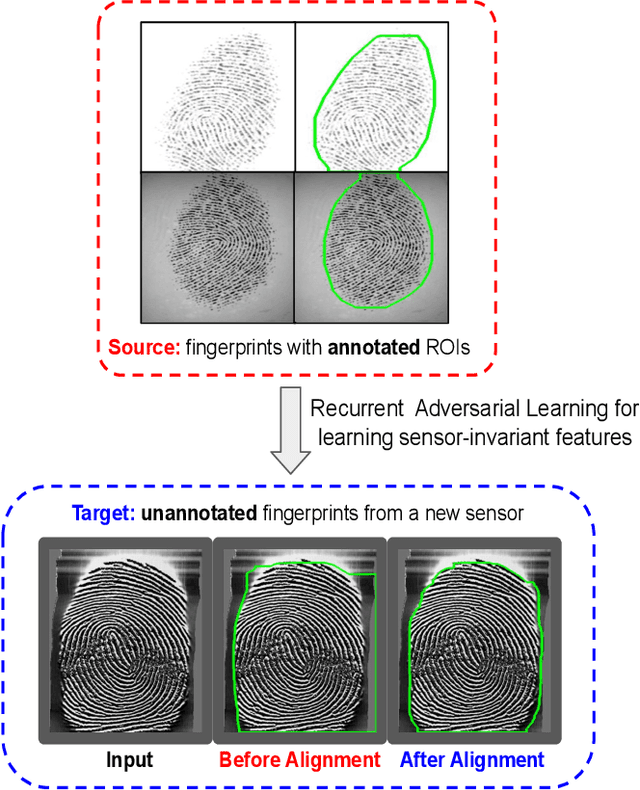
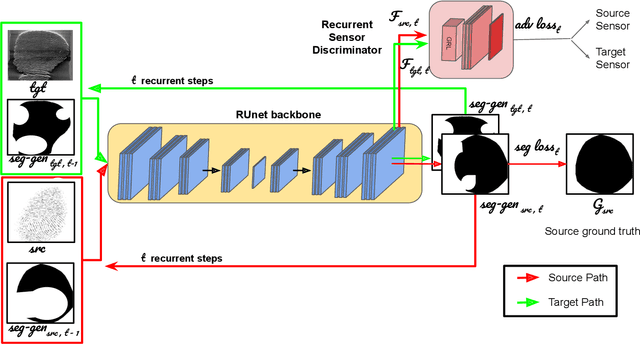
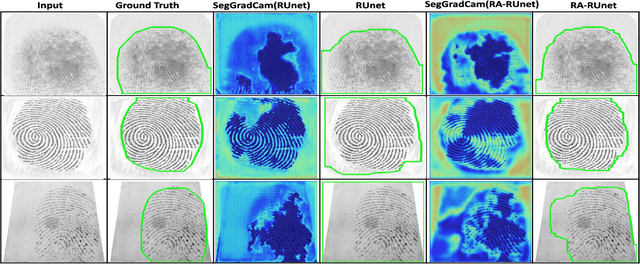
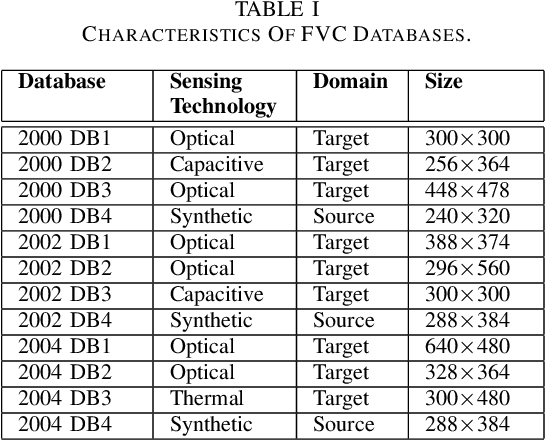
Abstract:A fingerprint region of interest (roi) segmentation algorithm is designed to separate the foreground fingerprint from the background noise. All the learning based state-of-the-art fingerprint roi segmentation algorithms proposed in the literature are benchmarked on scenarios when both training and testing databases consist of fingerprint images acquired from the same sensors. However, when testing is conducted on a different sensor, the segmentation performance obtained is often unsatisfactory. As a result, every time a new fingerprint sensor is used for testing, the fingerprint roi segmentation model needs to be re-trained with the fingerprint image acquired from the new sensor and its corresponding manually marked ROI. Manually marking fingerprint ROI is expensive because firstly, it is time consuming and more importantly, requires domain expertise. In order to save the human effort in generating annotations required by state-of-the-art, we propose a fingerprint roi segmentation model which aligns the features of fingerprint images derived from the unseen sensor such that they are similar to the ones obtained from the fingerprints whose ground truth roi masks are available for training. Specifically, we propose a recurrent adversarial learning based feature alignment network that helps the fingerprint roi segmentation model to learn sensor-invariant features. Consequently, sensor-invariant features learnt by the proposed roi segmentation model help it to achieve improved segmentation performance on fingerprints acquired from the new sensor. Experiments on publicly available FVC databases demonstrate the efficacy of the proposed work.
* IJCNN 2021 (Accepted)
Data Uncertainty Guided Noise-aware Preprocessing Of Fingerprints
Jul 02, 2021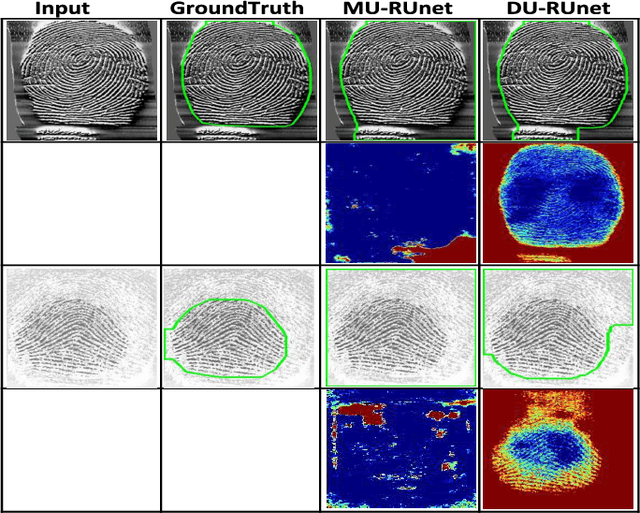

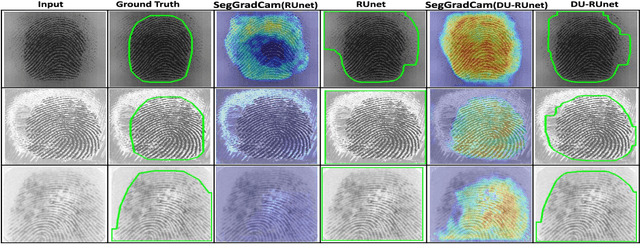
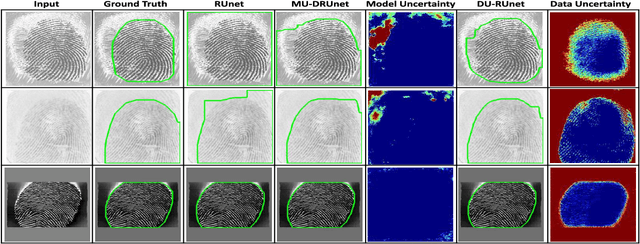
Abstract:The effectiveness of fingerprint-based authentication systems on good quality fingerprints is established long back. However, the performance of standard fingerprint matching systems on noisy and poor quality fingerprints is far from satisfactory. Towards this, we propose a data uncertainty-based framework which enables the state-of-the-art fingerprint preprocessing models to quantify noise present in the input image and identify fingerprint regions with background noise and poor ridge clarity. Quantification of noise helps the model two folds: firstly, it makes the objective function adaptive to the noise in a particular input fingerprint and consequently, helps to achieve robust performance on noisy and distorted fingerprint regions. Secondly, it provides a noise variance map which indicates noisy pixels in the input fingerprint image. The predicted noise variance map enables the end-users to understand erroneous predictions due to noise present in the input image. Extensive experimental evaluation on 13 publicly available fingerprint databases, across different architectural choices and two fingerprint processing tasks demonstrate effectiveness of the proposed framework.
 Add to Chrome
Add to Chrome Add to Firefox
Add to Firefox Add to Edge
Add to Edge